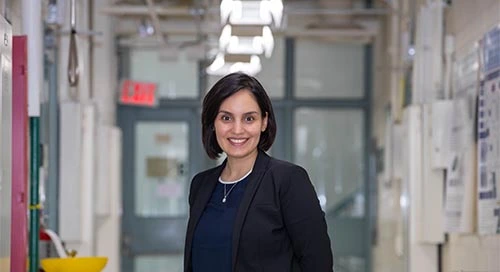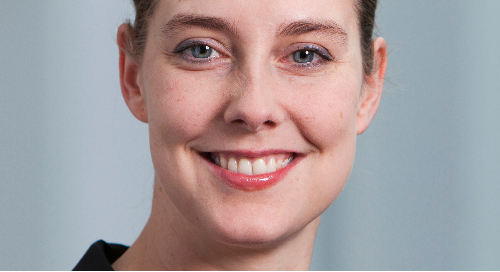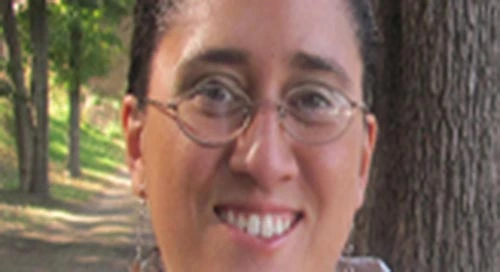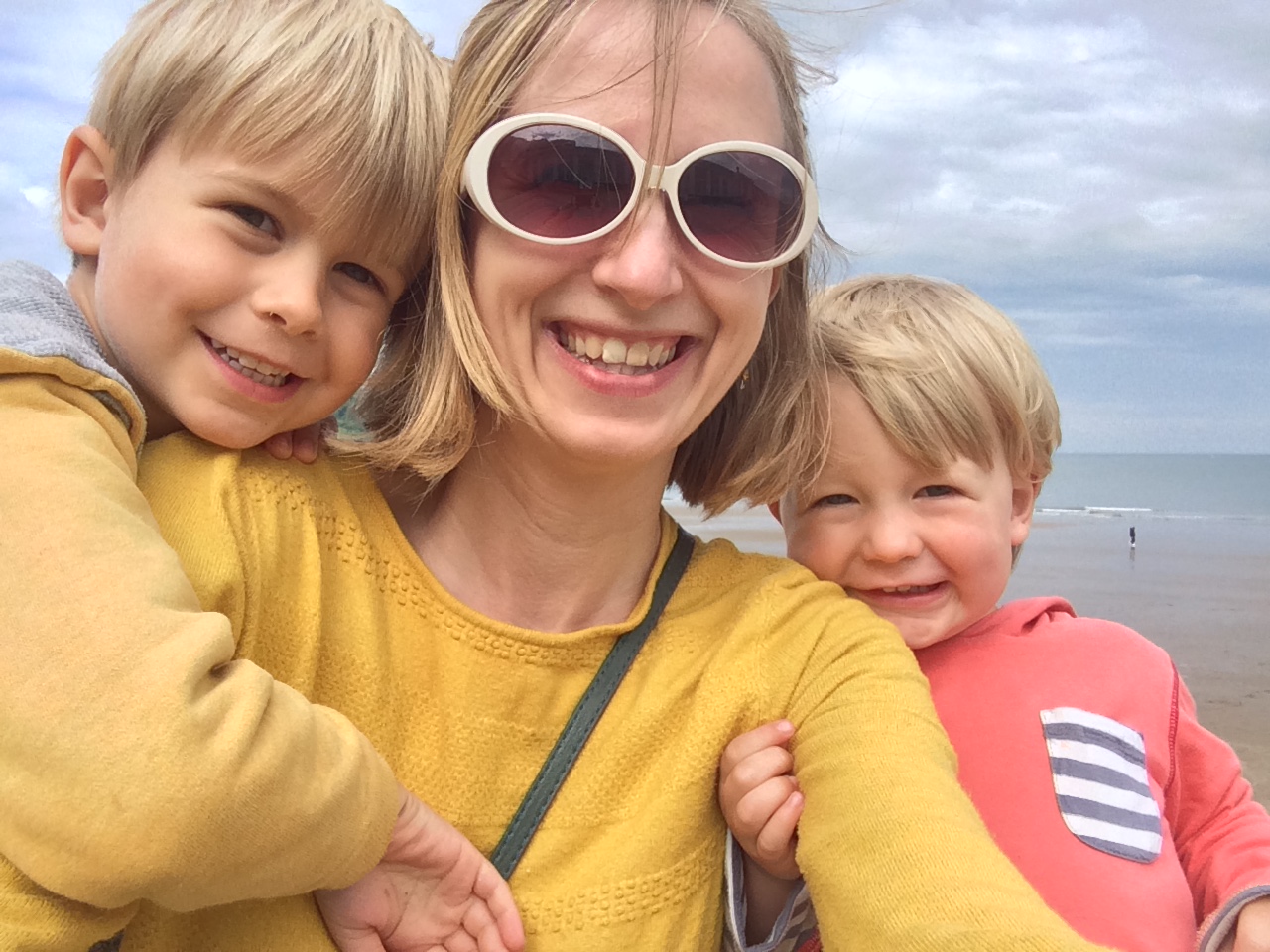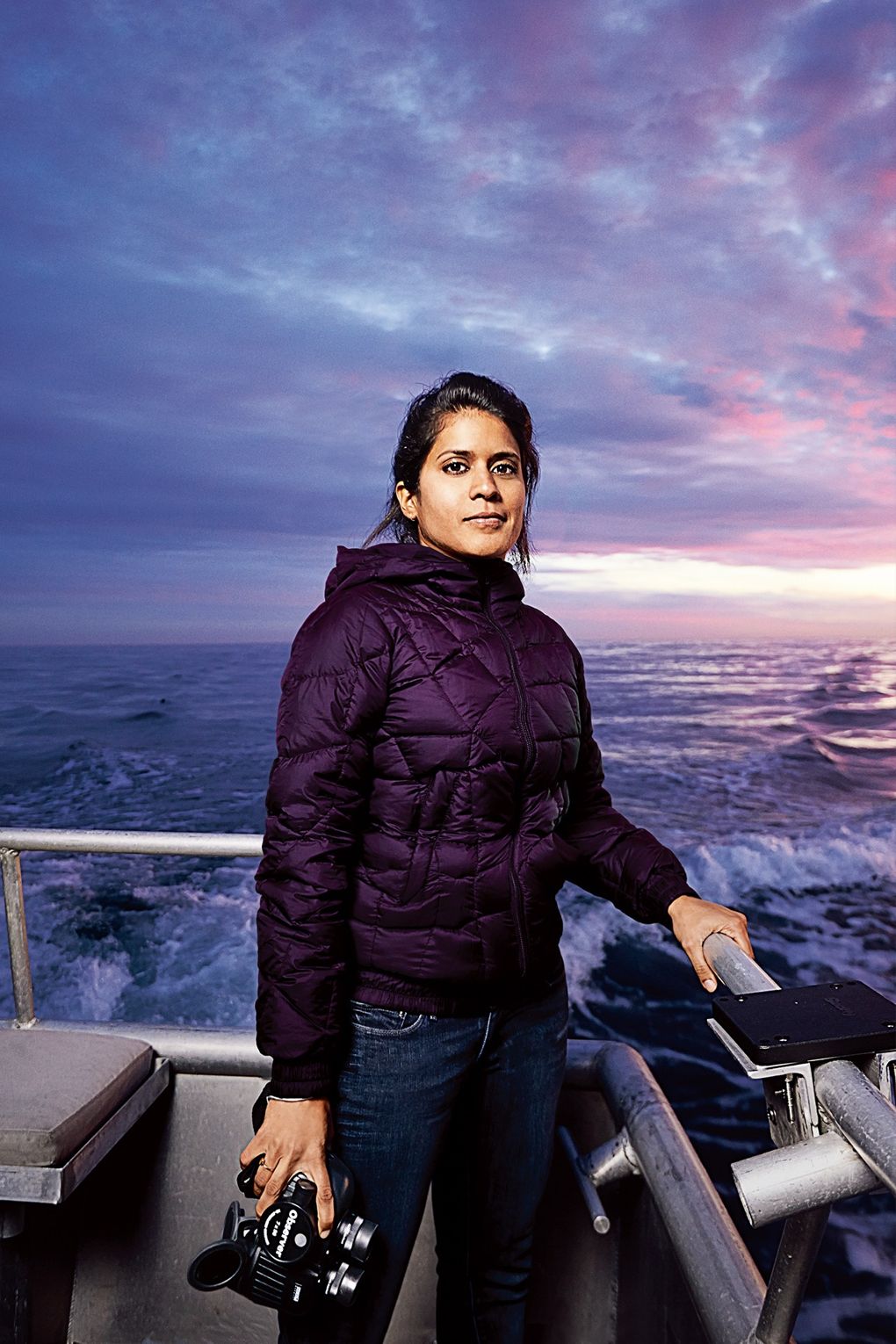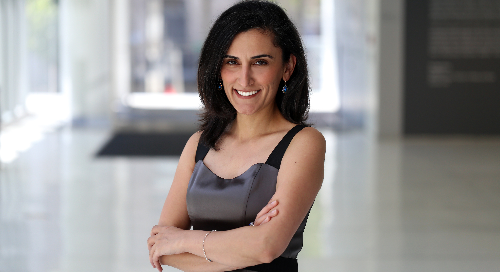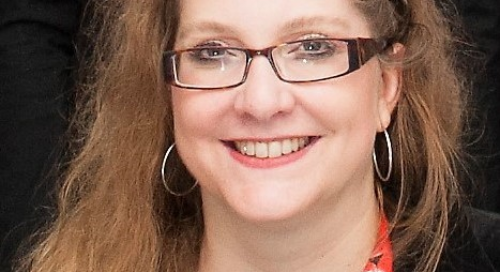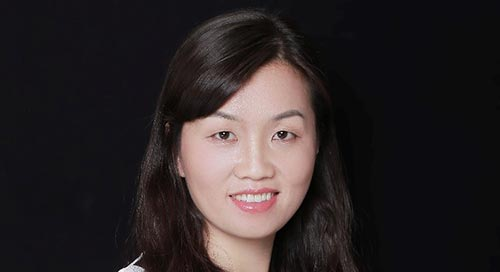a-day-in-the-life-of-a-computational-chemist
February 05, 2014
Our ‘Day in the Life’ series of blog posts by some of Wiley’s young science advisers continues – this time with a day in the life of Zoe Cournia, a Computational Chemist working as an Investigator – Lecturer Level at the Biomedical Research Foundation of the Academy of Athens.
I have always been fascinated by how the world around us works. Why is the sky blue? Why are bubbles in a soft drink spherical? How do we fall in love? What are we really made of? And when I got the answer, I always felt the urgency to explain everything I learned to others… (though they are not always willing to hear it!). Everything around us, what we hear, see, smell, taste, and touch involves chemistry and chemicals. Thousands of chemical reactions happen in your body when you smell a beautiful flower in a summer spring morning. I was pleasantly surprised when I learned in high-school that scientists called chemists could handle these reactions and even develop drugs that could save millions of lives worldwide.
Overwhelmed by chemists’ discoveries, I decided to study Chemistry. But soon enough I realized that although it is a really amazing science with its reactions, chemicals, funnels, pipettes, benches, and fume hoods, being a chemist makes a huge mess or at least I made one in the lab! Fortunately, I then realized that computers exist and they make things much cleaner. I discovered that today it is possible to build chemicals, study reactions, or even make drugs within a desktop computer by performing virtual experiments in a similar way as the typical chemists. This type of chemistry is called “computational chemistry”. So I became a computational chemist. Indeed, I literally live in a virtual reality world, where everything from chemical reactions to drugs, food, materials, cosmetics, electronics, and proteins is being modeled and simulated. And you won’t believe it, but, yes, I do have a job :-)
I am a group leader at the Biomedical Research Foundation of the Academy of Athens. I specialize in “computer-aided drug design”, so the computer is my Virgil in the world of drugs (to paraphrase the original Nobel Committee tagline). The main activity of my lab is the design of anti-cancer candidate drugs. Employing software and high performance computing techniques, we predict the interactions of these candidate drugs with proteins that cause cancer. For decades, drug discovery was carried out using trial and error experimental techniques for screening large libraries of chemicals against a biological target (for example a protein), which is responsible for a disease. Recent advances in computer-aided drug design allow us to develop drugs specifically designed for a given protein, shortening the development cycle of new drugs. Understanding the detailed underlying molecular and atomic interactions involved in drug-protein interactions became central in guiding traditional experiments and therefore increasing the efficiency and decreasing cost in the drug discovery process.
In an ideal typical day of a computational chemist, there would be a lot of time for coffee and chatting since computers would do our job. But in reality there is absolutely no time to waste. Why? Because every time your computer gives you some results, you come up with tens of exciting new ideas that you want to test immediately. Many times though, we do not follow a standard protocol, which means numerous trial and error attempts are performed to get the right set up for the virtual experiment. So, a typical day starts off with lots of positive thinking, but ends with angry keyboard banging after a day of debugging!
Larger “in silico experiments” (as we call our simulations) are carried out on big computer clusters. Such specialized clusters, which put together thousands of processors, represent a powerful tool for simulating complex processes such as the binding and unbinding of a drug or reactions of drugs with enzymes. These calculations may take weeks if not months to complete. Accessing these resources requires writing research proposals upraising the merits of a research project in order to justify using these expensive computational resources.
As a group leader, in addition, I have to dedicate time for fundraising in order to ensure the financial resources for my group (salaries for my co-workers, travel money, hardware and software investments). Therefore grant proposal drafting represents a significant amount of my time. Other weekly activities include writing papers, keeping up to date with the literature, mentoring and coaching my co-workers, going to conferences, talks, and meetings, communicating our research results, teaching and of course dealing with the beast called bureaucracy.
Figure 1. The known small molecule inhibitor PIK-108 is shown in cyan bound in the human protein “PI3Kα” presented in white ribbons and mauve sticks. Hydrophobic interactions of residues Phe954, Phe960, Phe977, His1047 are shown. A hydrogen bond with Cys901 is also shown. Image created by Dr. Evi Gkeka, Cournia lab.
Too much reality after all for a virtual world! But please, don’t run away yet, there’s more to it! It is extremely rewarding and exciting when our predictions become the brick and mortar of a new thrilling discovery. Indeed, we, as computational chemists are members of consortia of synthetic chemists, geneticists, pharmacologists, medicinal chemists, biochemists, and biologists, and work together in a concerted effort in the war against diseases. Our predictions inspire and support the actual experimental work being performed on designing drugs for cancer. My routine entails meeting daily with experimentalists who test our predictions in a wet lab to verify that a candidate drug has the desired activity on cancer cells. For example, one of our designed chemicals against a mutated protein kinase, which is responsible for cancer, is able to kill cancer cells selectively, while leaving normal cells unaffected (see Figure 1 for an example).
Computational chemistry emerges as a key tool in the drug design process, however, this tool is not as simple as running a computer program; it requires chemical intuition and expertise in other disciplines such as physics, biology, and computer programming in order to conceive models capable to capture efficiently the complex reality of life. For this reason computational chemistry was wonderfully recognized for its contribution with the 2013 Nobel Prize in Chemistry to Computational Chemists Martin Karplus of Harvard University and the University of Strasbourg in France, Michael Levitt of Stanford University and Arieh Warshel of the University of Southern California in Los Angeles. In the 1970s, these three researchers pioneered powerful models that are now being used to understand and predict chemical processes. Simply stated, "This year's prize is about taking the chemical experiment to cyberspace." as Staffan Normark of the Royal Swedish Academy of Sciences put it.
Quoting the Nobel Committee press release:
“Chemists used to create models of molecules using plastic balls and sticks. Today, the modelling is carried out in computers. Computer models mirroring real life have become crucial for most advances made in chemistry today. Today the computer is just as important a tool for chemists as the test tube. Simulations are so realistic that they predict the outcome of traditional experiments.”
As the end of the day approaches, I exit the virtual reality world and enter the real one. “So what do you do for a living?” is a question that seems innocent enough, but one that I've grown to dread. I pause for a moment. “Eeerr I am a chemist. I design drugs with the computer” “Wow, you are really smart”, “A chemist, that’s something you don’t hear often”, “I was never good in science”. The downside of my job is that I need one thousand words to describe what I do to people who are not familiar with science to picture it. So to cut a long story short, when people ask what I do, I often answer: “Well, I model for a living!”… so then I can enjoy my drink :-) The truth is that since science (for some unknown reasons) represents a difficult subject for a lot of students, the society has grown to consider scientists as inaccessible geniuses (as far as I am concerned this is very far from the truth). But sure enough, my friends will pipe up and present me as some kind of genius and there you go: the magic is gone!
I often find that scientists are being looked upon as geeks spurting out of Doctor Who or The Big Bang Theory. The public is afraid of things they cannot understand, but the truth is that science is not all that hard and, honestly, it is pretty cool. Although scientific positions are in general underpaid, I believe that the contribution of science to the quality of our lives and to people’s well-being is of central importance. Therefore, it is our duty to perform our work with social responsibility and communicate our findings and efforts in a way that can be perceived by the general public. Part of our work and efforts should focus on making our science accessible to everyone without any discrimination.
So a day in my lab life almost always includes science outreach - aimed at promoting public awareness and understanding of science and making informal contributions to science education. I maintain two blogs (“Life is Chemistry” and a Blogging Corner at the NGO “Science Communication”) and their respective pages on Facebook and Twitter. I write for the Chemistry in Cancer Research Group Newsletter of the American Association for Cancer Research, co-organize conferences with scientific themes for the general public such as the TEDMED Live Athens conference, and promote activities like scientific cafes and scientific talks to the general public.
I could not resist finishing this blog post by quoting a woman that continues to inspire me by her lifelong dedication and contributions to science. Marie Skłodowska-Curie helped forever change how the world perceived women in science and set a shining example for the future generations of scientists. She showed that rigorous and determined investigation can lead to remarkable discoveries, which can have a direct and positive impact on people’s lives. As she said,
“Nothing in life is to be feared, it is only to be understood. Now is the time to understand more, so that we may fear less.”
-Marie Curie
Epilogue
Watch this video for the highlights of a day in the life of a computational chemist – you will get a real feeling of what it is like to work in a computer lab. It was shot by Dr. Thomas Splettstoesser when I was a doctoral student at the University of Heidelberg in Germany, under the supervision of Professor Jeremy Smith.
http://www.youtube.com/watch?v=Uo8TUWNPggA
Zoe is a member of Wiley Advisors, a program for early career researchers and professionals to serve as a voice for their communities. For more information, please visit Wiley Advisors online or on twitter @WileyAdvisors.

